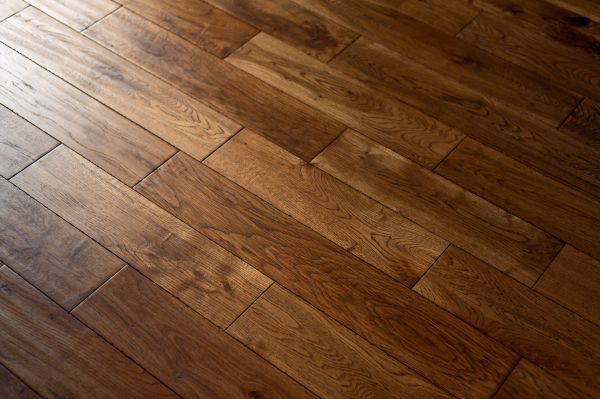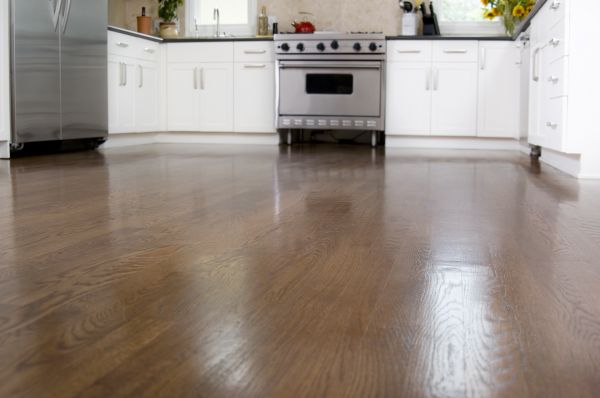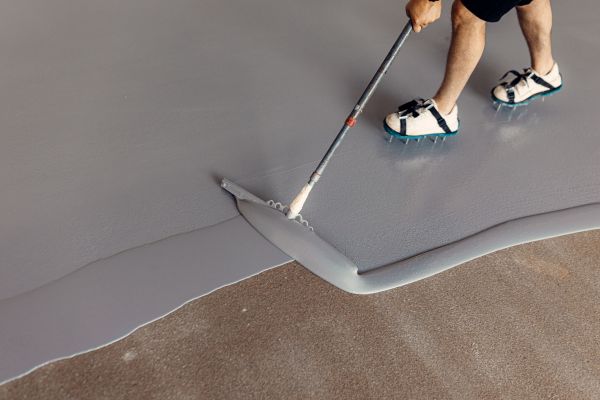Floating Floor Installation Service
Affordable Floating Floor Installation
Floating floor installation is a popular method of laying flooring materials, such as laminate, engineered wood, or luxury vinyl planks, without the need for nails or glue. This technique involves connecting the floorboards together, allowing them to "float" above the subfloor. The importance of floating floor installation lies in its versatility and ease of use, making it an ideal choice for both residential and commercial spaces. It provides a durable, attractive flooring solution that can be installed over various subfloors, including concrete, plywood, and even existing flooring. This installation method also allows for natural expansion and contraction of flooring materials, reducing the risk of buckling and other issues.
Benefits of Floating Floor Installation
-
Ease of Installation
Floating floors are designed to be user-friendly, often featuring a click-lock mechanism that makes them easy to install, even for those with limited DIY experience. This can significantly reduce the time and effort required for a flooring project. -
Cost-Effective
Since floating floors do not require nails or glue, the overall cost of materials is often lower than traditional flooring methods. Additionally, the ease of installation can help save on labor costs, making it a budget-friendly option. -
Versatility
Floating floors can be installed over a variety of subfloors, including concrete, plywood, and existing flooring. This flexibility allows for a wide range of applications, from basements to living rooms, without the need for extensive floor preparation. -
Durability and Maintenance
Many floating floor materials are designed to withstand heavy foot traffic and are resistant to scratches and stains. This durability, combined with easy maintenance, ensures a long-lasting and attractive floor. -
Expansion and Contraction
The floating installation method accommodates natural expansion and contraction of flooring materials due to changes in temperature and humidity. This helps prevent buckling and ensures a smooth, even surface over time.
FAQs About Floating Floor Installation
What types of flooring materials can be used for floating floor installation?
Floating floor installation is suitable for laminate, engineered wood, and luxury vinyl planks. These materials are designed to connect easily, making them ideal for floating installations.
Can floating floors be installed in any room of the house?
Yes, floating floors can be installed in most rooms, including basements, kitchens, and living areas. However, it's important to choose moisture-resistant materials for areas prone to humidity.
Is it necessary to prepare the subfloor before installing a floating floor?
While floating floors can be installed over various subfloors, it's essential to ensure the surface is clean, dry, and level to achieve the best results.
How long does it typically take to install a floating floor?
The installation time can vary depending on the size of the area and the type of material used, but floating floors are generally quicker to install than traditional flooring methods.
Fill out the contact form today to request professional Floating Floor Installation and enjoy the benefits of a versatile, durable, and cost-effective flooring solution.




